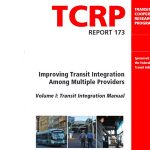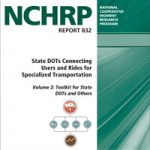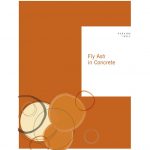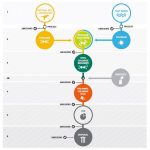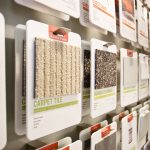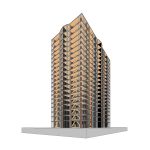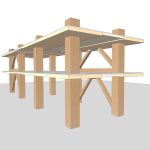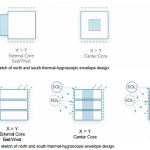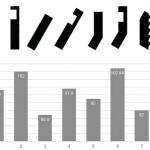
In the August 2014 issue of the ITE Journal, Jeffrey Tumlin, Eric Dumbaugh, and Wesley Marshall explore the error of assuming transportation performance measures are objective. They are not. The authors assert “we should be aware of how our performance measures relate to the values and desires of the public which we serve. If there... Read more »

